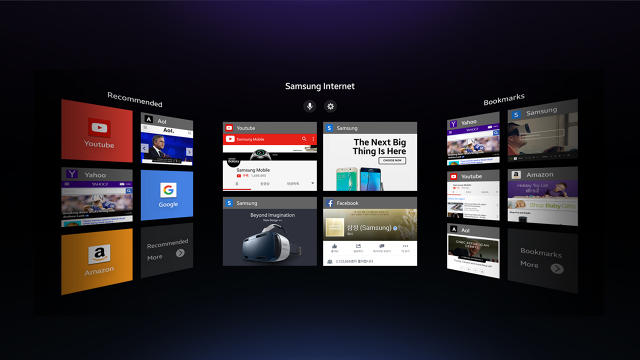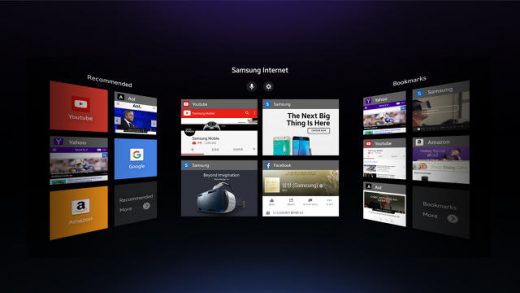Waze, Google, Facebook: The Observer Effect And Our Interconnected, Co-Created Reality
by Kaila Colbin, Featured Contributor, June 24, 2016
Editor’s Note: This post was previously published in an earlier edition of Online Spin.

“[L]ooking into a flower, you can see that the flower is made of many elements that we can call non-flower elements… [C]loud is part of flower, and if you send the element cloud back to the sky, there will be no flower… And earth, and gardener… if you continue, you will see a multitude of non-flower elements in the flower. In fact, a flower is made only with non-flower elements. It does not have a separate self….
”So a flower is described as empty. But I like to say it differently. A flower is empty only of a separate self, but a flower is full of everything else. The whole cosmos can be seen, can be identified, can be touched, in one flower. So to say that the flower is empty of a separate self also means that the flower is full of the cosmos.” – Thich Nhat Hanh
In science, the “observer effect” describes the impact of measurement on behavior. To measure voltage, for example, you have to stick something in the current, and that something will in turn modify the voltage. The photons used to measure electrons affect their paths; a thermometer exchanges heat with the object whose temperature it is taking.
As a metaphor, the concept can be easily extrapolated. Our society, our economy, our politics, our impact on the planet — all co-created in a complex feedback loop of which each of us is an integral part.
Consider the humble tourist guidebook. Rough Guides, Lonely Planet, Not For Tourists — all efforts to give outsiders the inside view, all irrevocably transforming the inside view by opening it to outsiders. Once you publish the off-the-beaten-track hole-in-the-wall to thousands of readers, the track becomes beaten.
And our ever-increasing connectivity is amplifying the phenomenon. Your Facebook News Feed is controlled by an algorithm — but the algorithm evolves continually according to your actions. Google decides which search results are most relevant — as decided by you, in an ongoing and ever-more-invisible feedback loop. Those data, our search data and social data, are mined by marketers and product developers, looking to craft their offerings for maximum response, further driving shifts in our collective behavior and therefore shifts in our input to the system.
Round and round it goes, and will continue to go. In a recent piece looking at the flocking behavior created by Waze users, John Battelle highlighted not only the phenomenon, but also one of its challenges.
“At what point will Waze or something like it integrate with the traffic grid, and start to control the lights? …There’s an inevitable collision between the public’s right to know, and a corporation’s need for profit (predicated on establishing competitive moats and protecting core intellectual property). How exactly do these algorithms choose how best to guide us around? Is it fair to route traffic past people’s homes and/or away from roadside businesses? Should we just throw up our hands and ‘trust the tech?’”
There is a substantive difference between touching the entire cosmos through a flower and algorithms capturing our collective behavior in order to feed it back to us, and that difference is measured in terms of interference and incentive. You cannot remove the cloud from the flower, but the cloud is not attempting to bend the flower to its will or to benefit from the flower’s bloom. Waze, Google, Facebook, and every other for-profit digital entity that derives its success from our collective participation are incentivized not only to learn from, but also to influence, our behavior.
We have yet to seriously ask ourselves whether this is what we really want. But we should.
MediaPost.com: Search Marketing Daily
(41)


